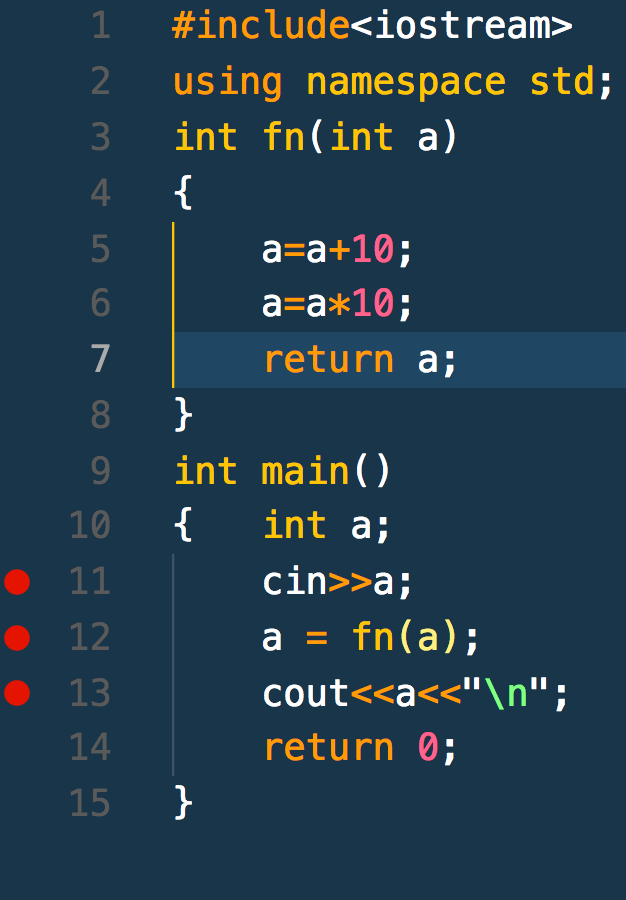
What should I do if vagrant up has errors? Try following these instructions to complete the installation. Mac: If you're seeing a message regarding "The installation failed." when installing Virtual Box it is likely due to MacOS's default security settings blocking the installation of an application downloaded outside of the App Store. Gruvbox - A nicer theme for vim's colors than the defaultĬommon Issues Getting Started What should I do if VirtualBox fails to install?.Lightline - Additional context information in the status bar.Surround - Easily change surrounding delimiters like parens and brackets.git Gutter - Visual indicators of changes since last commit show up in gutter beside line numbers.YouCompleteMe - semantic autocompletion.valgrind - Memory leak detection and profiling.Jupyter Notebook (once started with jupyter notebook, accessible at 33.33.33.33:8888).C and C++ (with both gcc and clang compilers).The VM is loaded with programming languages and tools and you are encouraged to experiment with any! For the purposes of this course, we will not be able to cover them all. VM Capabilities What programming languages and tools are installed on the VM? We recommend not terminating the VM, and properly shutting it down using the steps above. If you attempt to reboot your host machine while the VM is running you will likely receive an error message confirming you want to terminate the VM. The idle state of your VM does not use many resources, though, so the cost of accidentally leaving your VM running is relatively small.

Some of your computer's memory and CPU time will be allocated toward running the VM just like any other program. The command to shut down the VM is vagrant halt. If your terminal session is on your host machine, you will need to be sure your current working directory is the comp-unc-vm directory, which it will be if you just exited the VM. This command causes the shell process to quit and returns you back to your host. If you are logged into the VM, first you will need to end your VM terminal session to return to your host. Please see the notes above if you are unsure. The steps for stopping the VM depends on whether your current terminal session is logged into the VM or not. If you'd like to make your changes permanent, try editing your shell profile script in vim with the following command vim ~/.bash_profile. While logged into either your host or the VM, try reassigning this environment variable: PS1="prompt> " The prompt string on the VM (and your host machine!) is customizable and established by an environment variable called PS1 short for "prompt string". Typically, the default prompt string on your host machine will have additional information preceding the dollar symbol, like your username or the computer's name. When logged into the VM, the "prompt string" of your terminal will display as a simple $ (dollar symbol). How can I tell if I am logged into the VM in a terminal? Simply follow the instructions above about getting back into the VM.

Can I have multiple terminal sessions/windows/tabs into the VM simultaneously? You do not need to run vagrant up again because your machine is still booted and running in the background. Once your VM is running, to get back in simply open another terminal, change its working directory to the comp-unc-vm directory, and issue the vagrant ssh command to log back in. I accidentally closed my terminal, how do I get back into the VM?


 0 kommentar(er)
0 kommentar(er)
